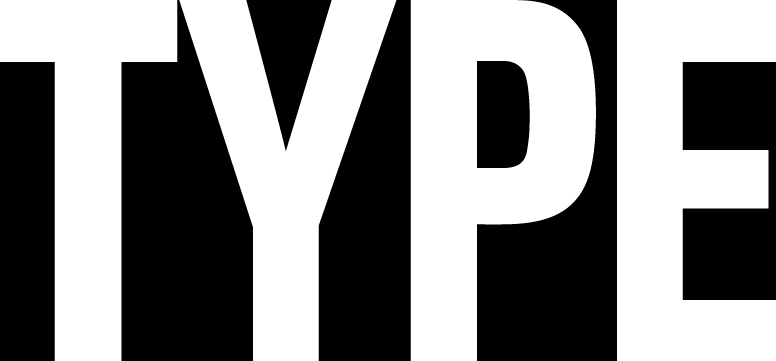For his NeXT trick, Steve Jobs buys an expensive logo
It was 1985. After a long corporate power struggle, thirty year old Steve Jobs was forced to leave the company he co-founded nine years earlier. There was, as yet, no iPod, no iPhone, no iPad, and no hit movie releases flowing out of Pixar Animation Studios.
There was just Apple Computer, Inc., a company in trouble, and the blame for that trouble fell on Jobs.
The bitter truth was that Steve Jobs had come to be seen by many as a no-talent bullshitter and hot-tempered diva unfit to manage a publicly traded company. When he left, Apple’s stock price didn’t go down as usually happens after a shake-up. It went up.
For Steve Jobs, the world was turned upside down.
What’s a young Silicon Valley zillionaire to do after being forcibly retired at the age of thirty?
“No, I will solve your problem for you and you will pay me. You don’t have to use the solution. If you want options go talk to other people.”
How Much Is That Logo In The Black Box?
Steve Jobs’s answer was to start a new computer company from scratch. A new baby that would grow up to put his former company and the suits running it to shame. He named it NEXT. As a startup, NEXT would be without a product or a single customer for many months. But true to his reputation for being obsessed with appearances, the design of the company’s offices and the search for a company logo were, for Jobs, a top priority. As for the logo, Jobs needed a symbol equal to his aspirations and his anger, one that foretold the coming of a great triumph while secretly screaming into a pillow.
Jobs was referred to a man from Brooklyn, New York born in 1914 named Peretz Rosenbaum. A man who, shortly after entering the world of graphic design, rebranded himself as Paul Rand. He went on to become one of the pre-eminent graphic designers of the twentieth century.
If anyone knew about reinventing oneself, it was certainly Rand.
In Steve Jobs & the Next Big Thing, historian Randall E. Stross writes:
“. . . Jobs decided, over the objections of the early employees, to spend (in today’s dollars) $220,000.00 - to commission a logo...
. . . Jobs had met with four designers, none of whom asked for anything close to that amount of money, but all had failed to please Jobs. He decided to give the commission to Paul Rand. Rand had done the corporate logo for IBM, and Jobs could take satisfaction in being able to buy for his own little company the same expertise that mighty IBM had hired.”
Jobs at the first NeXT press conference.
The terms of the deal are worth a look. First, the price was outrageous, many times more than what IBM paid. And Rand demanded that there be no negotiation. He would not accept a penny less than was asked. Second, the fee was to be paid in full and in advance. Third, the fee covered one design only and Rand would not be obliged to revise or rework it.
As Jobs told it in a 1993 interview, “I asked him if he would come up with a few options, and he said, ‘No, I will solve your problem for you and you will pay me. You don’t have to use the solution. If you want options go talk to other people.'”
So, put simply, in return for a fee of nearly a quarter million dollars up front, Jobs would get a logo. He could like it or lump it. But either way, Rand would keep the money. Nice deal for Paul Rand, right? Damned right. He did, however, throw in a couple of unexpected perks.
Rand is shown delivering copies of the booklet to introduce the logo to the NeXT team in the beginning of this video.
Surprise, surprise
First, Rand took the liberty of altering the name of the company from NEXT to NeXT by using a lowercase e instead of an uppercase E. If Jobs adopted the logo, NEXT had to become NeXT. Forcing a change in the name of the company like this was a bold move.
Now, perhaps, in part, as a way to explain and thereby soften that boldness, Rand put together an accompanying booklet that presented, in an informal way, his thoughts about the logo. As for the lower case e, for example, he explained the need for it visually and how it could take on a function, standing in for “education, excellence, expertise, exceptional, excitement, e=mc2”.
If you like reading about how designers view their own work, the NeXT booklet can still be found in different formats here and there on the web. Rand had a high reputation for writing about design very engagingly and spent many years teaching at Yale University. He was not only an incomparable practitioner but a very influential theorist, as well.
The prophet returns from the wilderness
NeXT started up in September 1985 and closed up shop in February 1997 by merging with Apple Computer. The original investors finally cashed out with Apple paying about 640 million in today’s dollars. Steve Jobs was paid in Apple stock only, no cash, and the deal included Steve coming back to Apple as a consultant. Jobs was later appointed interim CEO of Apple in 1998 and in early 2000, he took the position permanently.
Steve Jobs’s world was right side up again. And Apple’s stock price went up, and up, and up, and up.
NeXT never became a viable company in the sense of growing a market for its products and earning a profit on sales of those products. NeXT’s most important function was keeping Steve Jobs active in the computer industry under terms that he could accept.
Paul Rand gave him a banner under which he marched for twelve years.
Here it is again:
Four glyph elements, $55,000 per glyph. NeXT is no more than a footnote in the history of Silicon Valley, but its logo is still getting publicity after 32 years.
You tell us—was Steve Jobs right to put that much trust in Paul Rand?











